Wildlife Friendly Gardens
Hello and welcome to Summer!
Our gardens are filling up with colour and scent as warm weather, rain and longer daylight hours encourage growth. The birds wake us with their singing and the bees buzz during our lazy afternoons.
Or do they?
Perhaps you’re feeling a dash guilty that you’re not doing enough for wildlife in your garden? But at the same time, you don’t really want a garden full of nettles, wildflowers, and bug houses.
That’s fine. There are plenty of ways to incorporate elements of a wildlife garden into our gardens at home. It can be an easy gardening style to accomplish even in small gardens. The key thing is to have as wide a range of different types and species of plants as you possibly can.
What you will be able to grow will depend on your soil type as well as the size of your plot, and how sunny or shady it is, but there are plants to fit every situation. It is as simple as ‘right plant, right place’ - especially if you want your garden to be fairly easy maintenance.
Let’s have a look at just a few ideas to get you started. In order to find the ’right place’, your garden’s situation is critical, so let’s look at it in relation to the four main types of wildlife habitats within the British Isles. These are:
Woodland Habitats
Wetland Habitats
Grassland Habitats
Rockland Habitats
How is this relevant within your own garden? There are subdivisions within these main habitats and looking at those may make it easier to understand how you can have a wildlife garden to suit you and where you live. Let’s convert those habitats into areas of your garden and find some planting ideas.
Woodland Habitat
Natural/unmanaged woodland – highly unlikely you’ll have this, so we’ll ignore it.
Managed woodland
Woodland edge
Hedgerows
The second and third divisions become shady areas under trees and shrubs, both deciduous and evergreen.
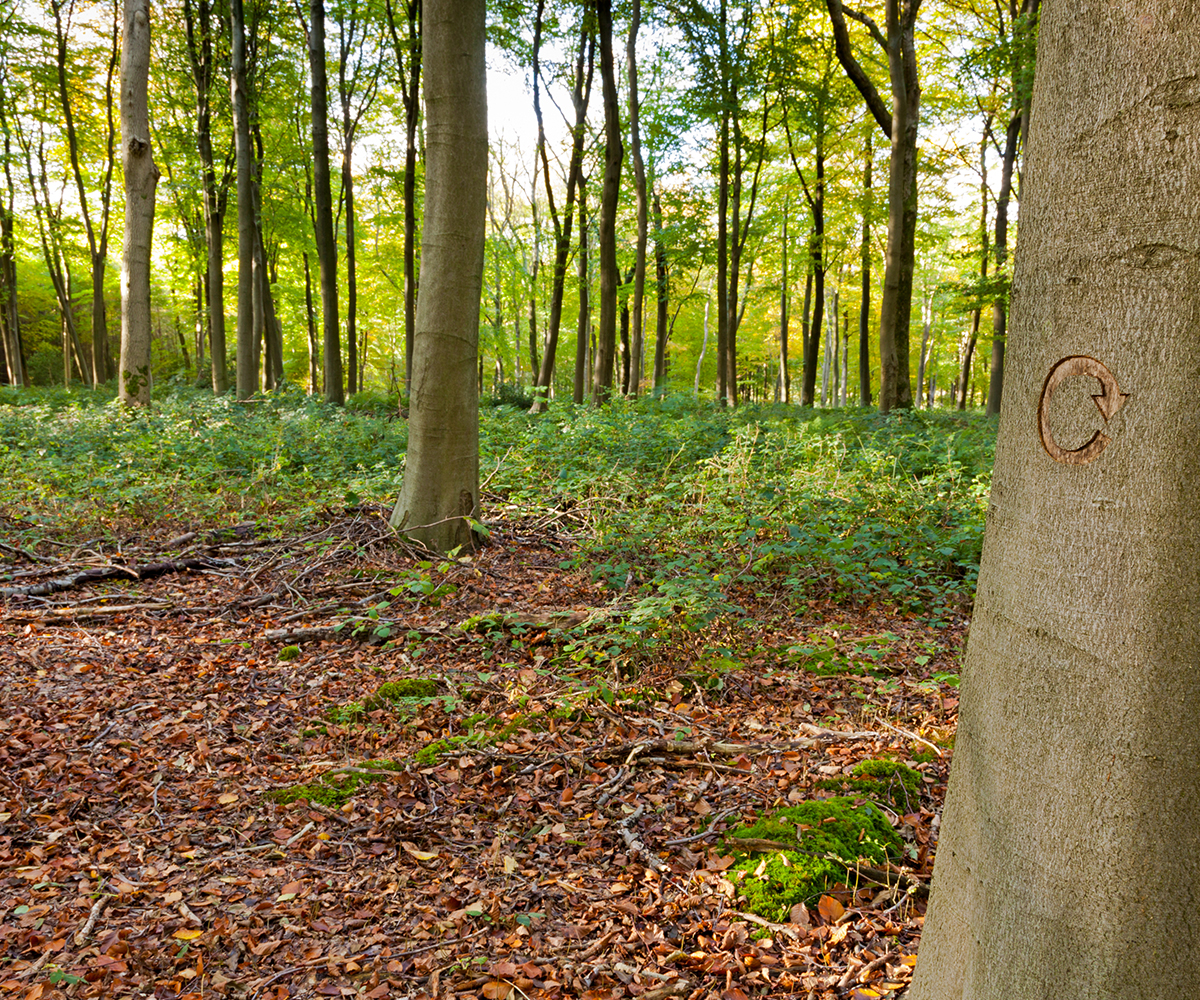
Managed woodland
This translates into how you manage your trees, keeping them correctly pruned and making use of the prunings. For example, growing and coppicing native hazel, Corylus avellana, will give you plant supports and peas sticks.
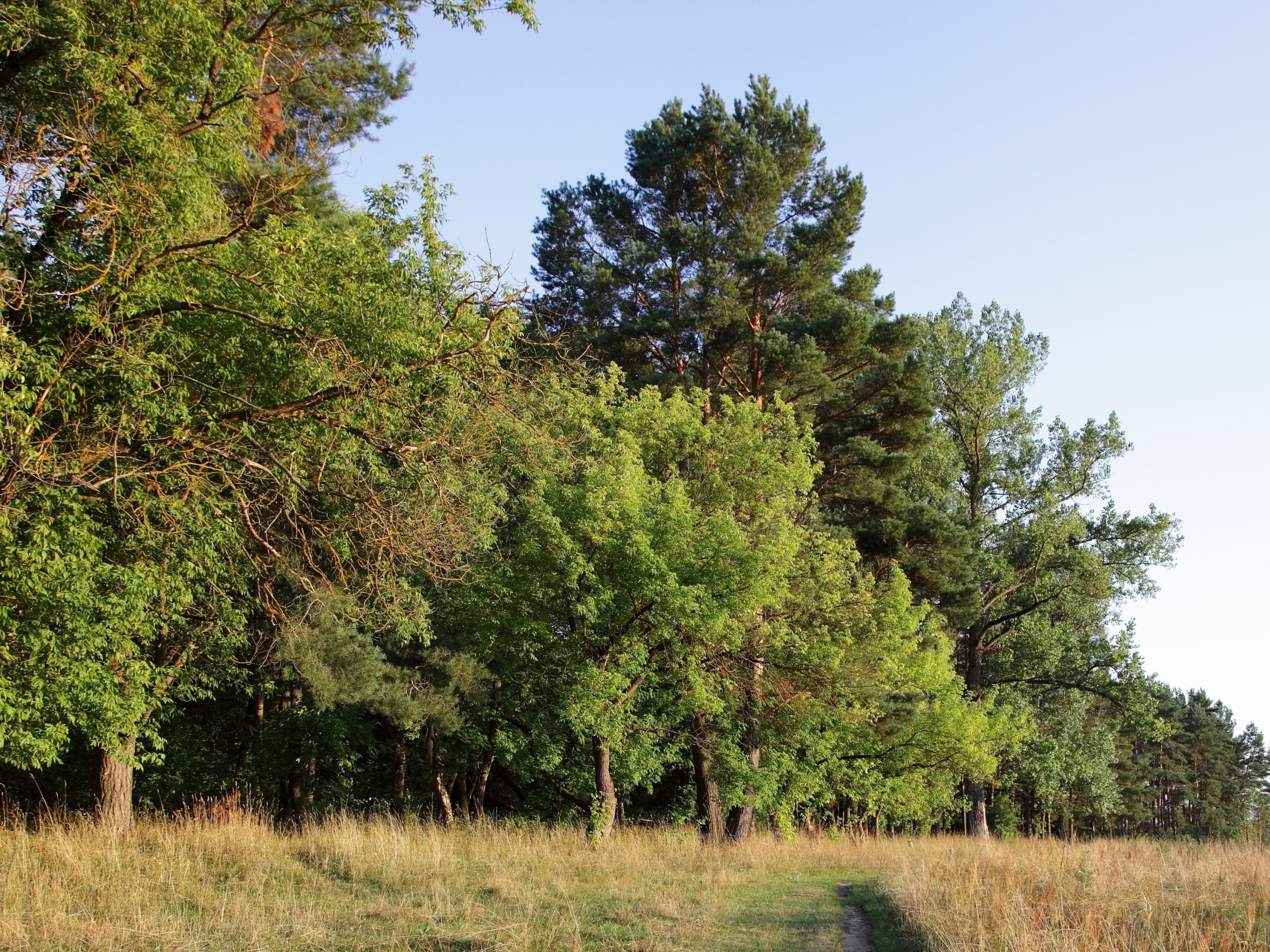
Woodland edge
The depth of shade might give you dappled light at certain times of the year. Growing spring flowering bulbs such as native bluebells, Hyacinthoides non scripta, under deciduous trees is an obvious example. But also try climbers such as honeysuckle, perhaps including early mid-season and late flowering varieties. This extends the interest for you but also for wildlife.
Do you prefer to grow edible plants? Rhubarb is happy in dappled shade as are gooseberries and raspberries.
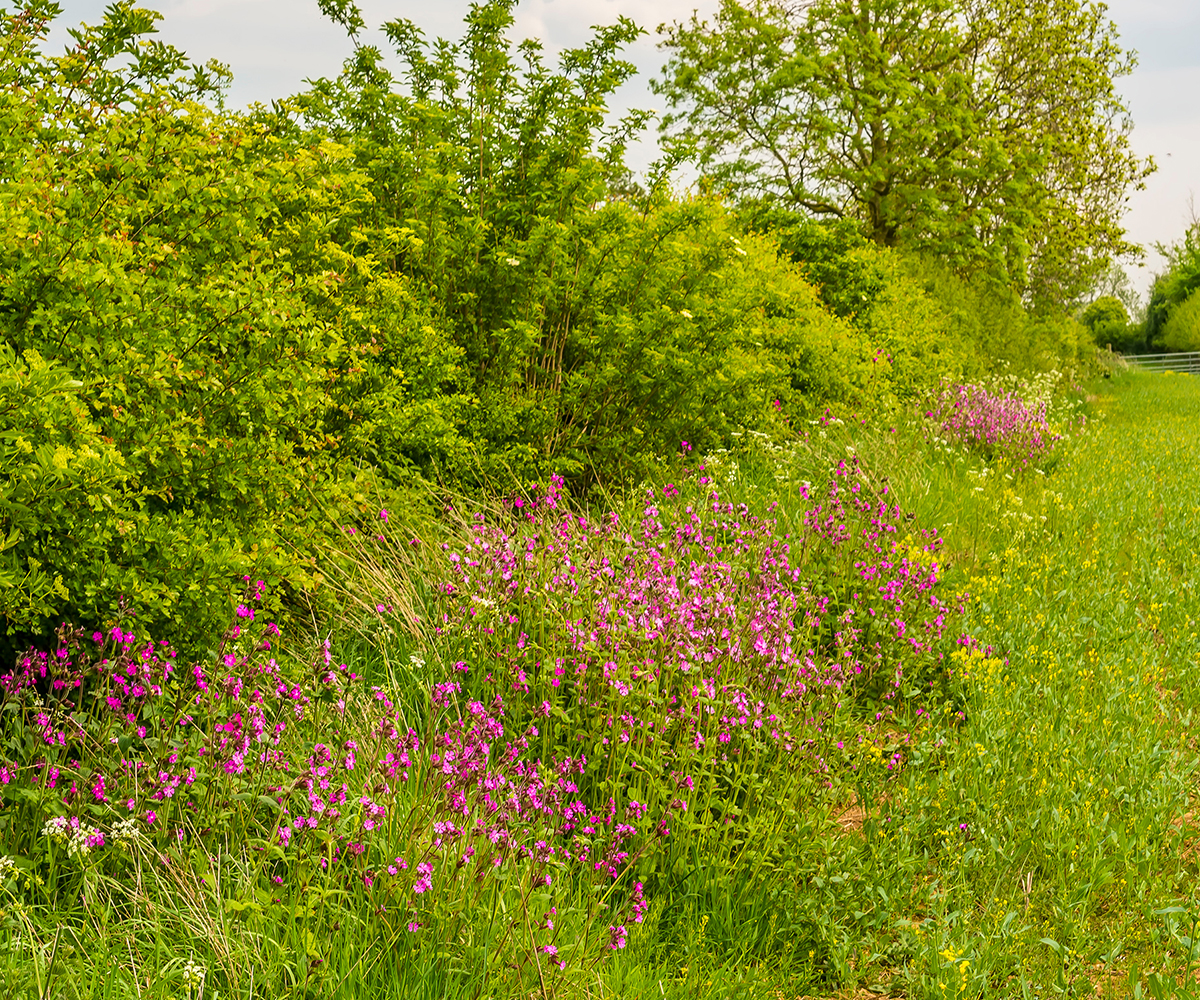
Hedgerows
Hedges, obviously. But if you have panel fencing around the external boundary, perhaps you could grow a slim hedge as a division within the garden. Choosing an informal hedge, such as hawthorn, Crataegus monogyna, gives you blossom in spring and berries in autumn/winter as well as provides a food source for pollinators and garden birds.
Wetland Habitat
Still freshwater - ponds and pools
Running freshwater – streams and rivers
Bogs and Marshes
Coastal habitats
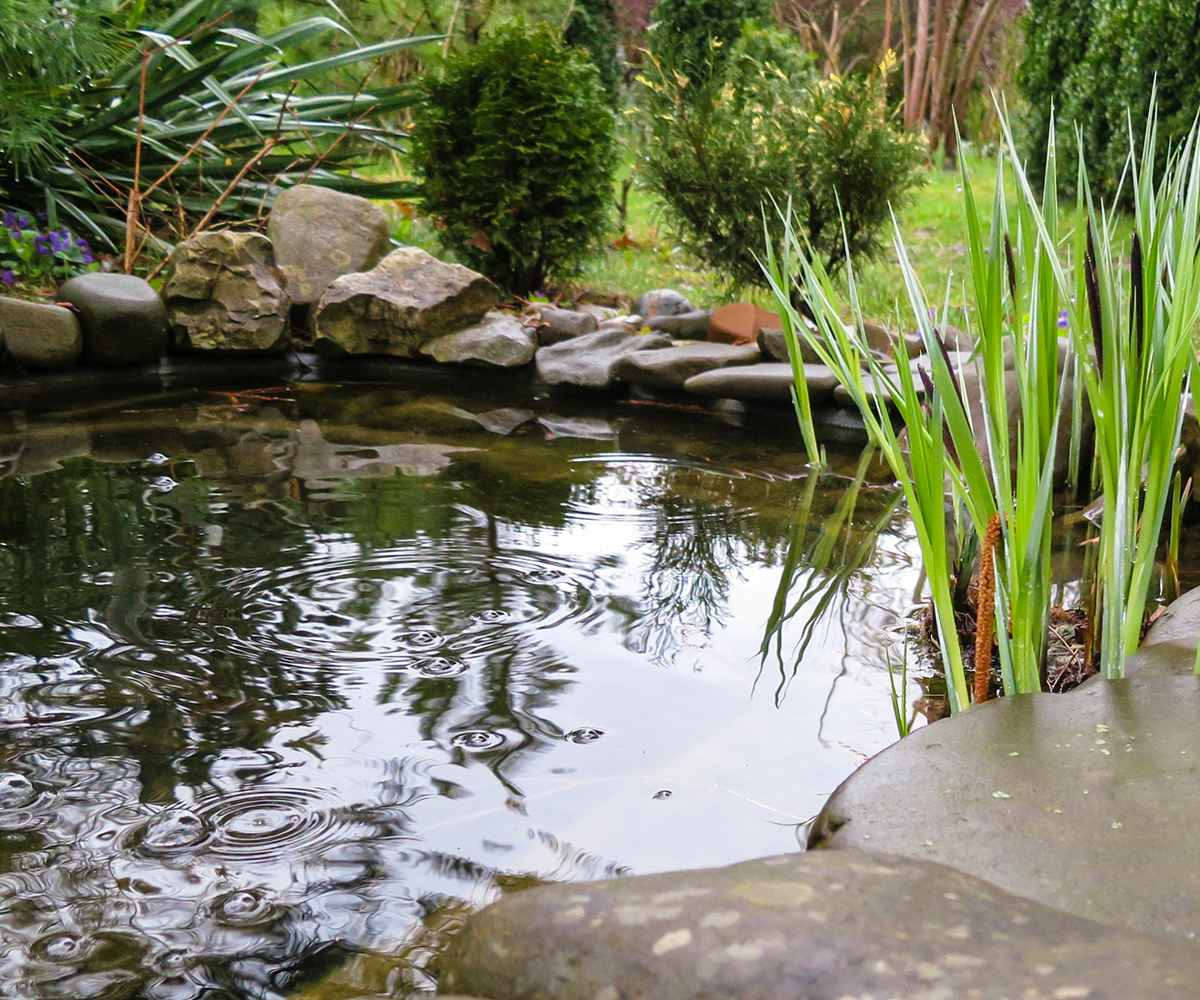
Still freshwater
Your pond would obviously be the first of these wetland categories. The size of ponds and pools varies, but even a tiny one in a half cask can offer a habitat for wildlife. Whatever size, make sure there is a sloping exit route (or more than one) for hedgehogs, cats and other creatures who may accidentally fall in. There are also nets and grids which sit just under the water’s surface if you’re concerned about young children falling in.
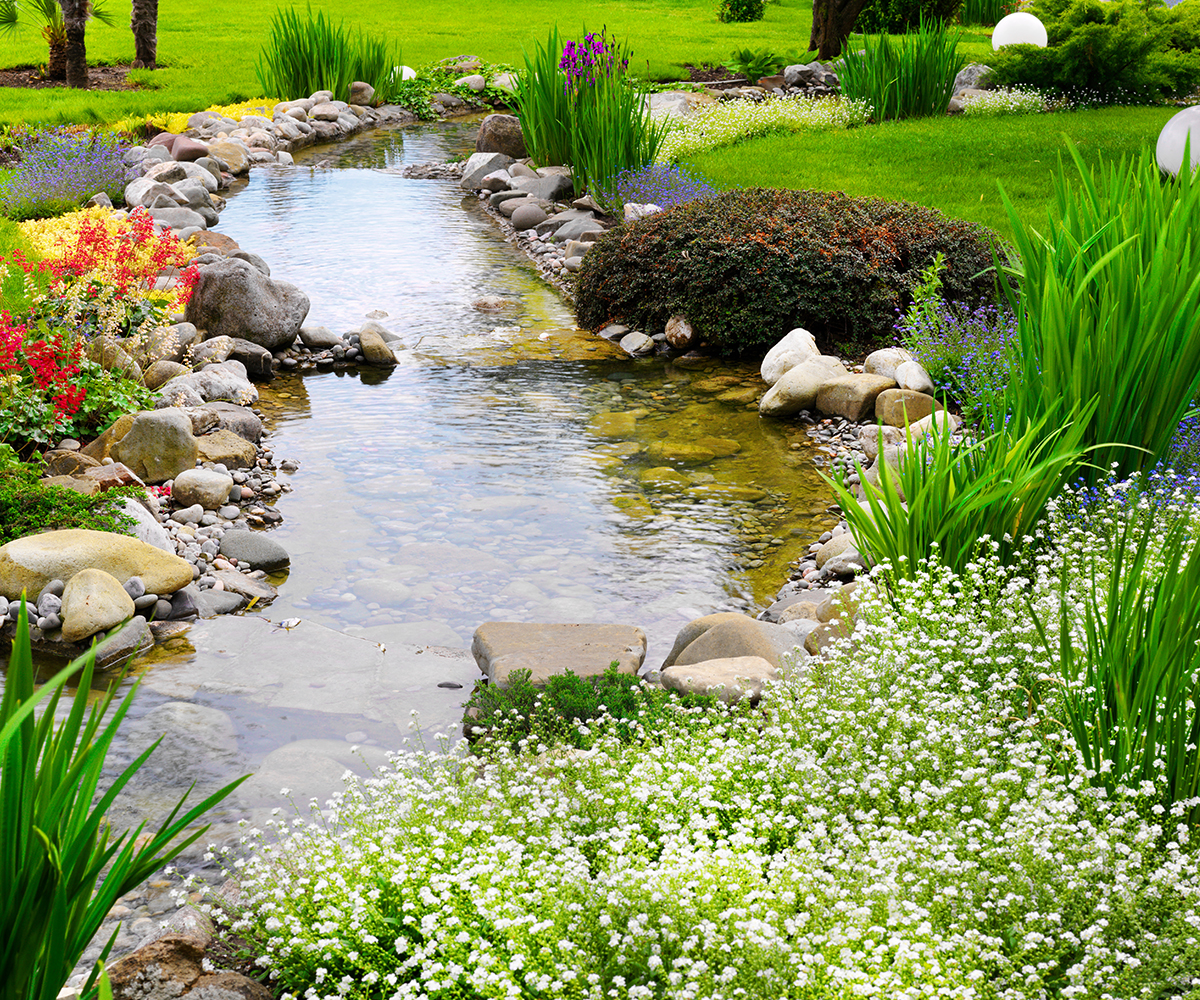
Running freshwater
Which are any streams you may have. You may think that you need a decent-sized stream for it to be wildlife friendly, but even a shallow slow moving rivulet is beneficial. It is a better means of aerating ponds when considering wildlife than having a fountain, more ‘natural’ if you will.
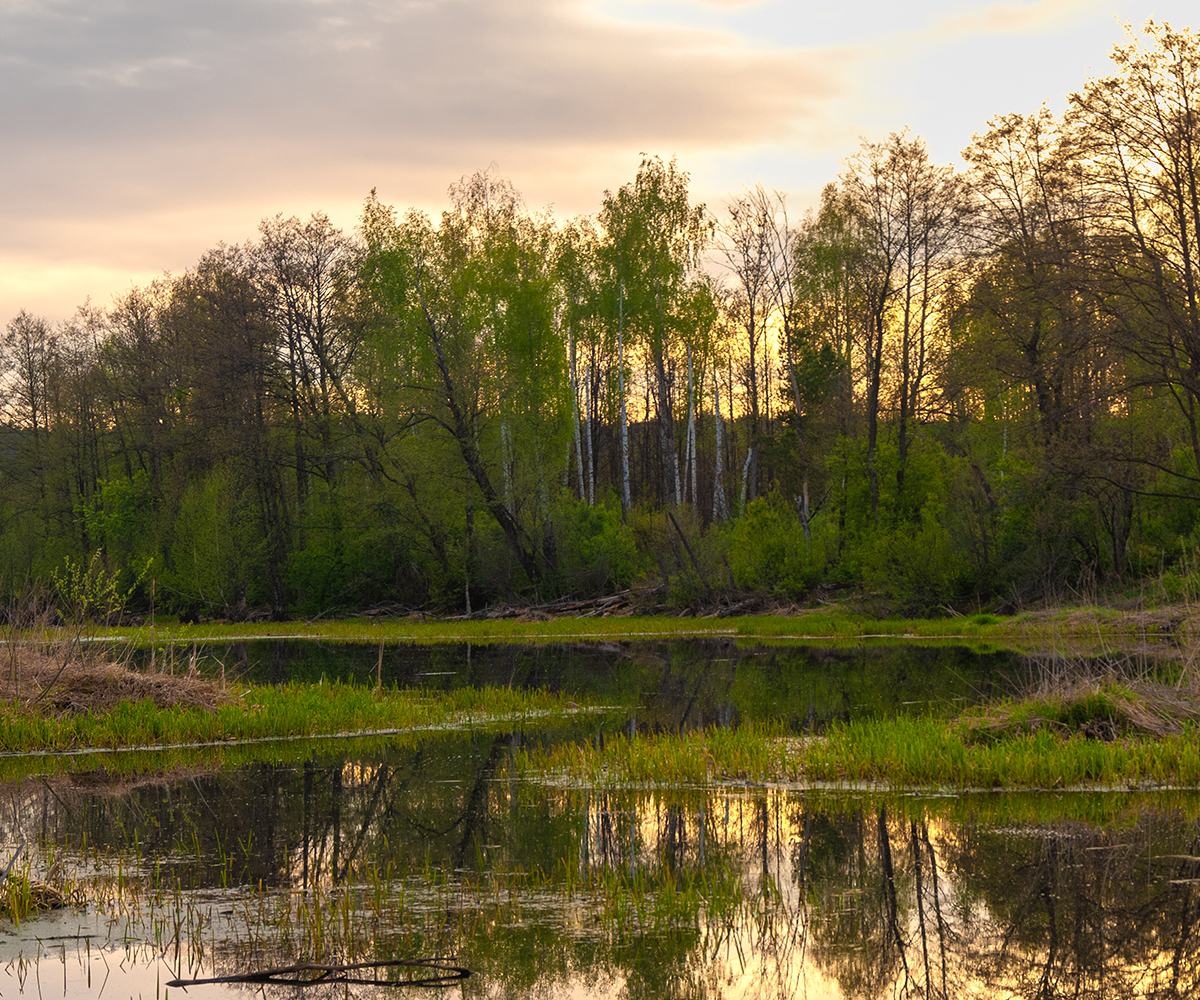
Bogs and Marshes
Remember the areas immediately around the water too, these offer you a different type of growing habitat. (more plants to buy!) For starters, think ferns if the area is shady (check they’re damp lovers, some ferns prefer dry shade), Persicaria for more decorative foliage and candelabra Primula for gorgeous flower colour.
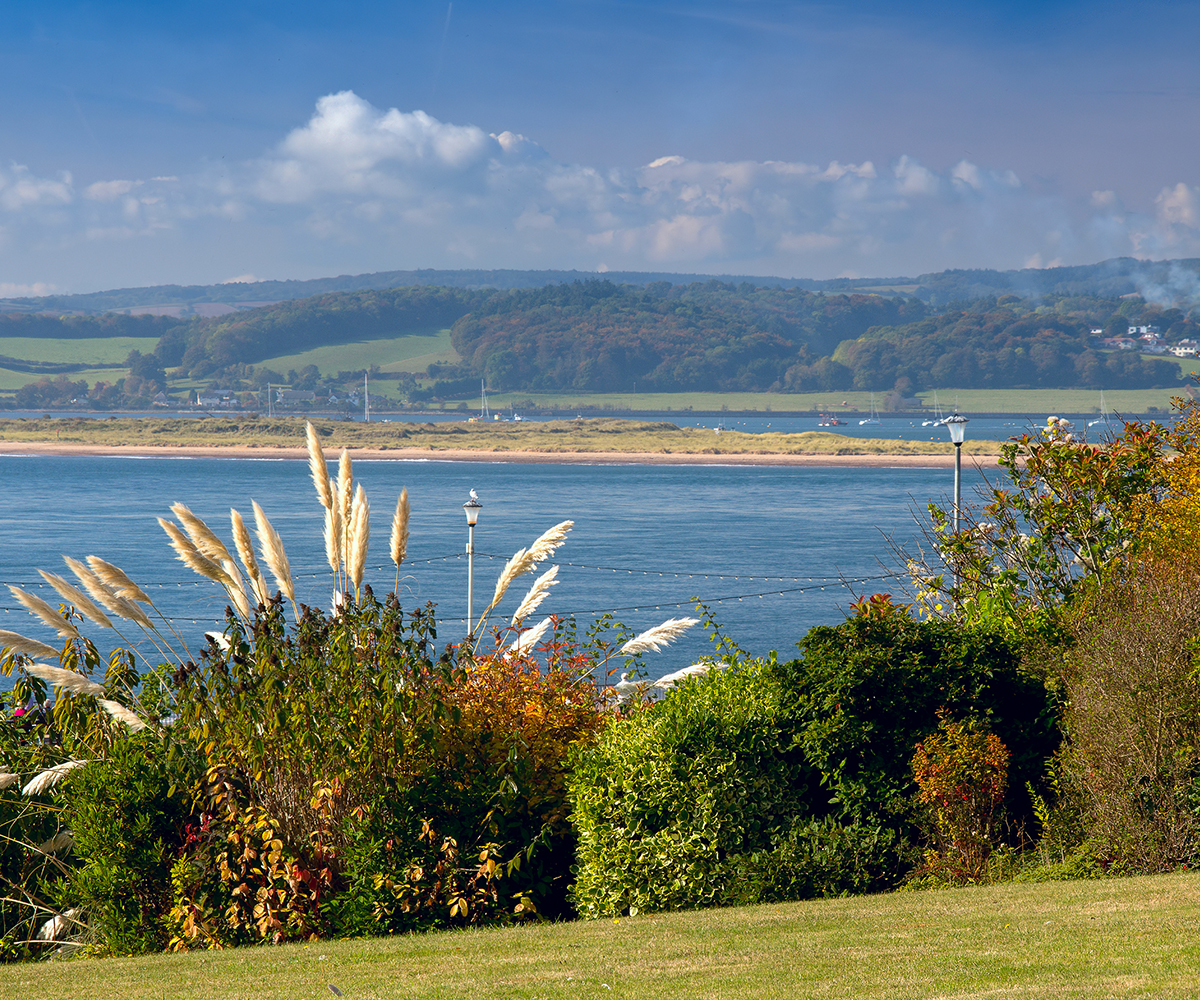
Coastal
Seaside gardens! The combination of salt air and fresh winds can be challenging, but there are plenty of wildlife-friendly plants to grow. Tamarisk; gorse, Ulex Europaea; rosemary, and Salvia Rosmarinus are three very different shrubs but all possible contenders. For summer bedding that is popular with bees and butterflies especially, why not grow the cherry pie, Heliotrope marine? With highly scented purple flowers, it’s an all-around winner. And it will grow as happily in containers or borders.
Grassland Habitat
Wildflower meadow
Cornfield
Heathland
Sandy dunes
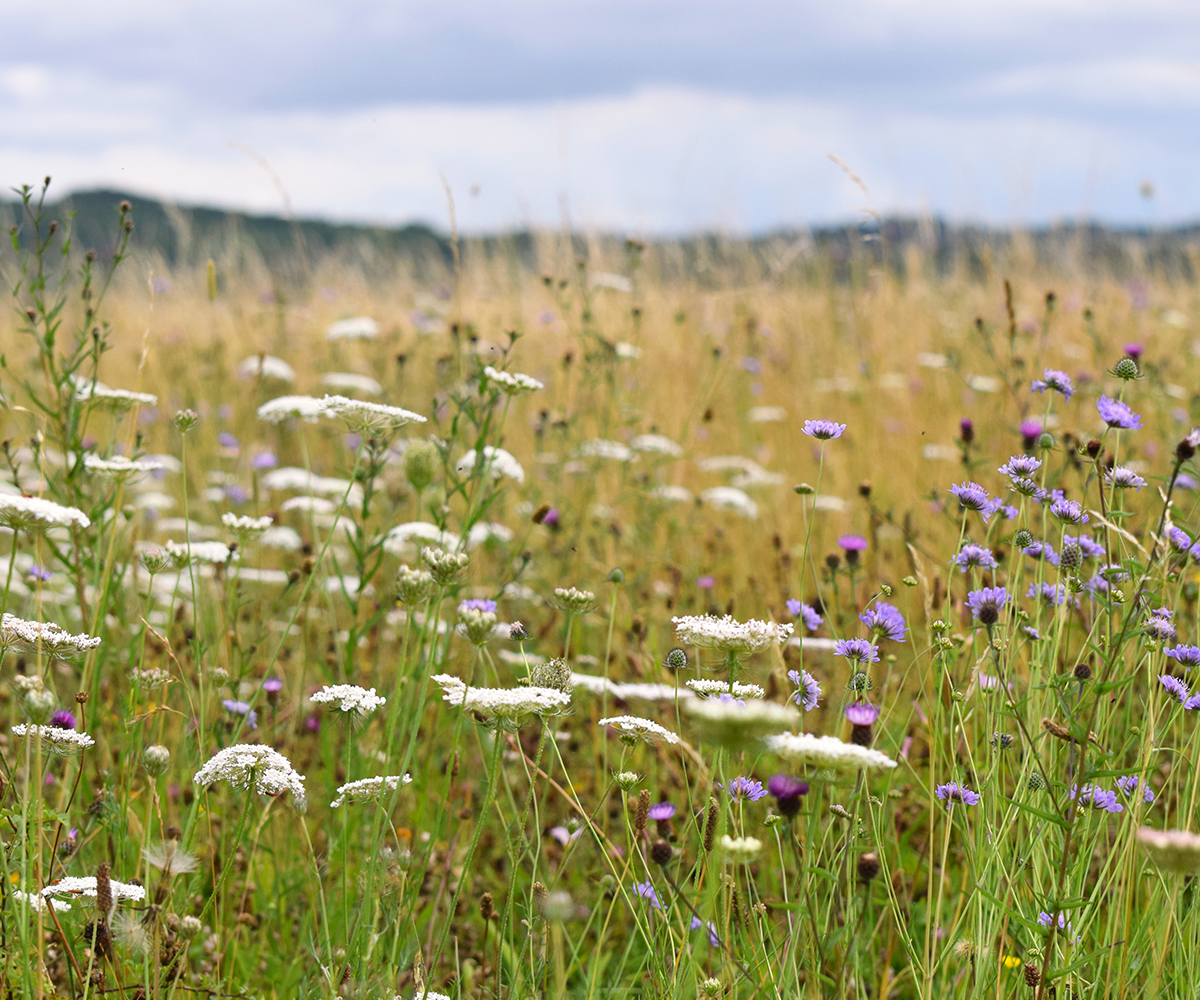
Wildflower meadow and Cornfield
These two have been combined as both are open spaces and compare well to standard open lawns, which is a grassland habitat. Many domestic lawns are of little value for wildlife, being a mix of a small number of perennial and annual grass species. However, you can increase the biodiversity by adding small plants of, for example, daisies, Bellis perennis, white clover, and Trifolium repens. Clover has the added benefit of increasing the nitrogen content in the soil, thereby helping to keep your grass green.
Rather than giving over your whole lawn to wildlife, increase the overall number of plant species by including a swath of wildflower meadow along with one of the edges. You could perhaps use it as a divider between lawn and vegetable patch, so the pollinators can easily find those flowering fruit and veggies which need pollinating if you’re to get crops.
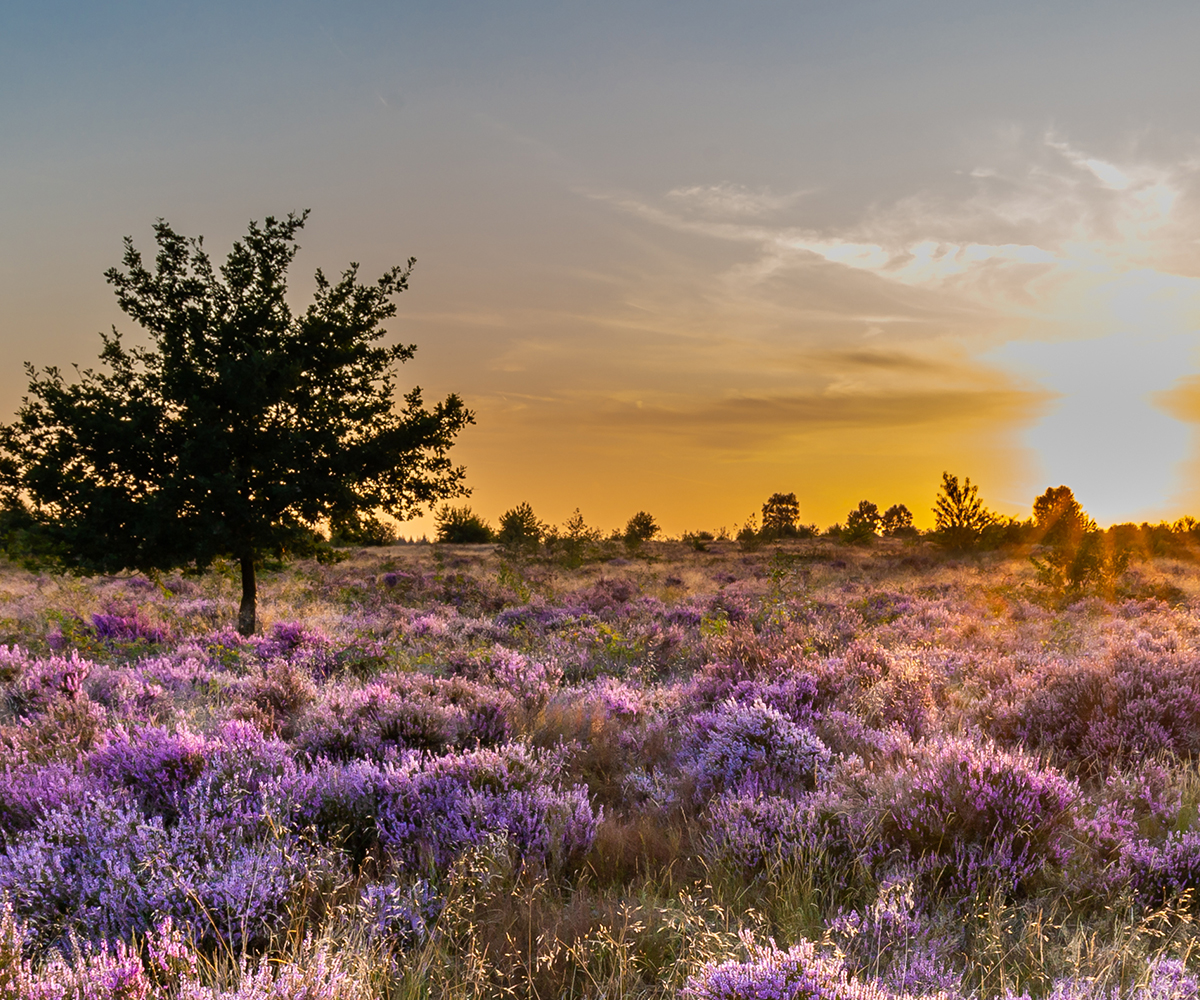
Heathland
On acid, soil tries delicate harebells, Campanula rotundifolia, and the ‘true’ heathers, Erica species. For more alkaline soil, grow ling heather, Calluna vulgaris, and gorse, Ulex Europaea. To extend your garden plant selection, consider growing both ornamental and edible plants in raised beds.
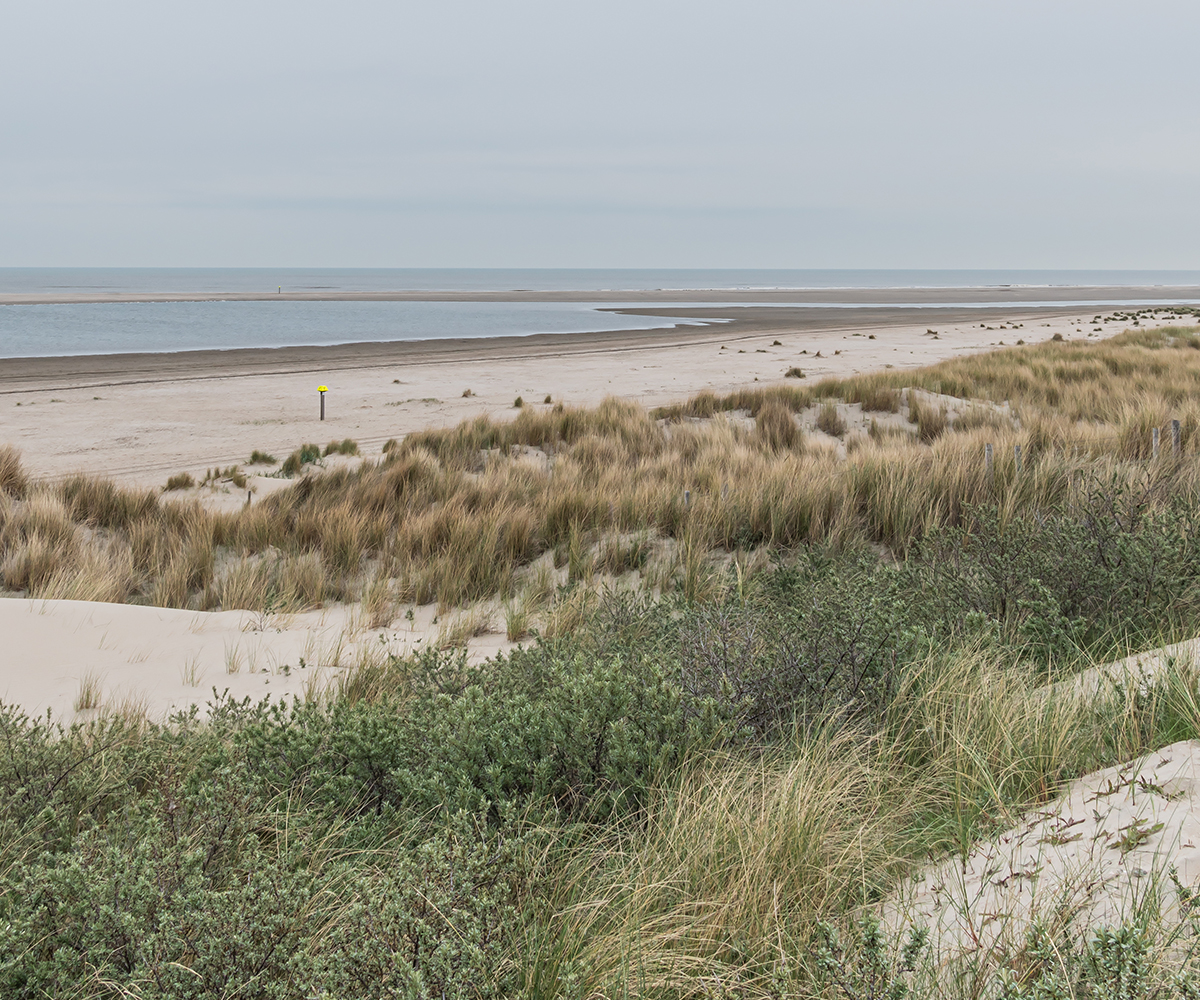
Sandy dunes
Probably only found in coastal areas, but not always such a tricky one to plant as you might think! Many of the flowering plants sold as drought tolerant will do well here. Sea holly, Eryngium maritimum, with its metallic blue foliage is stunning, and you could underplant with Geranium Rozanne for a further zing of hot pink.
Rockland Habitat
Cliffs – coastal and inland
Scree beds (at the base of cliffs)
Shingle beds (shoreline)
Pavements, for example, limestone pavements
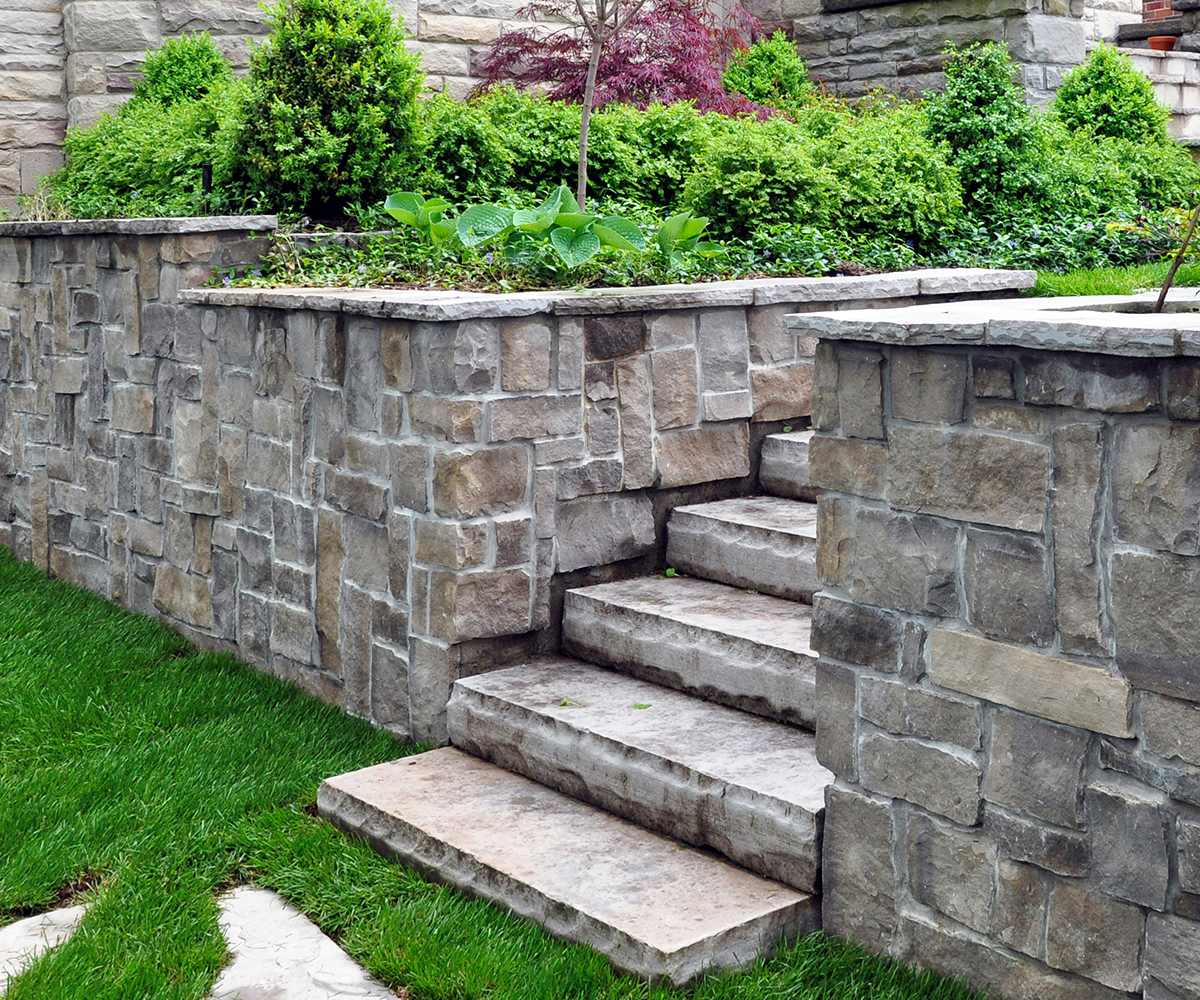
Cliffs
Before you all skip this section, I’ll just point out that domestically speaking, walls are cliffs. Grow small, crevice-loving plants that are attractive to insects, for example, Saxifraga species.
The oft-maligned rockery is another form of cliff habitat, yet it offers a home to so many exciting plants from small species tulips to Lewisia to Helianthemum (rock rose).
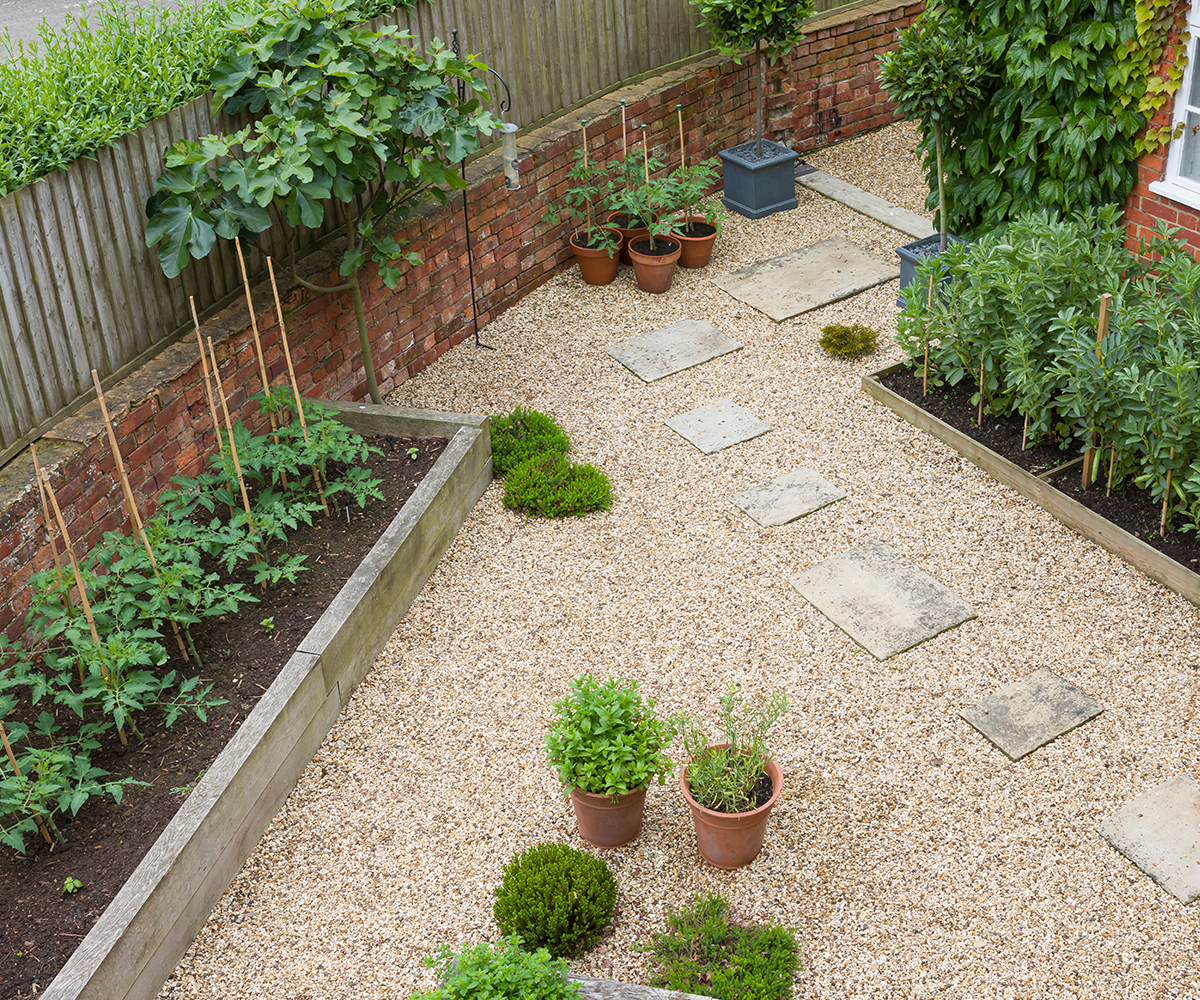
Scree beds and Shingle beds
A gently sloping scree or shingle bed would look natural at the base of a rock garden. Plant it up with smaller Sedum species (those often called stone pepper) Armeria maritima, sea thrift and Lychnis flos-jovis. Lithodora diffusa would give you a sea of blue, combined with ornamental grasses such as Stipa tenuissima, it would look even lovelier.
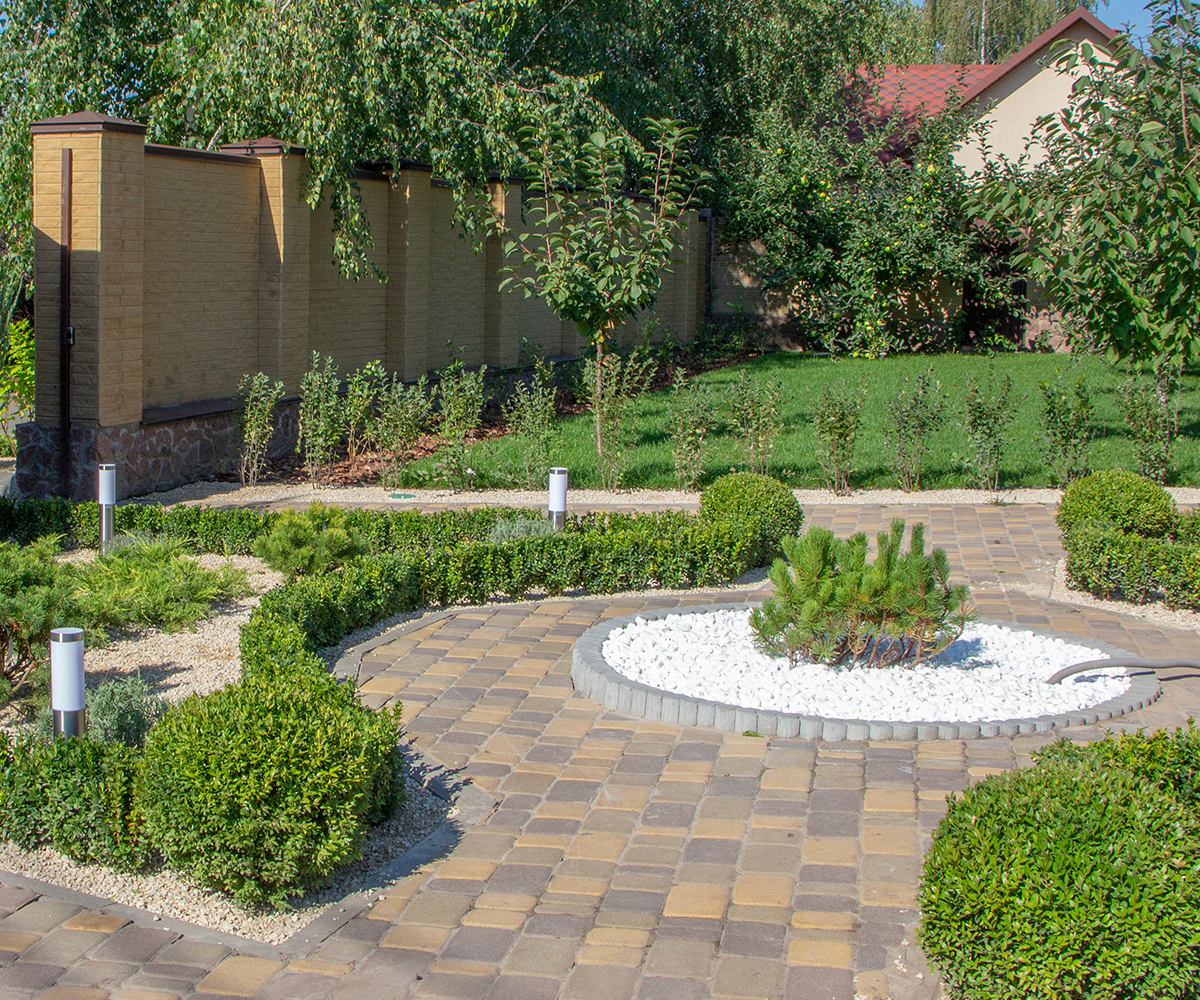
Pavement
Probably not something many gardeners will have as a natural feature, you could, however, look upon your patio or brick paths as semi-pavements. Grow ground-hugging plants in the gaps, or take out a whole paver to grow one or more Thymes.
Plants for Wildlife
The plants which grow in the above habitats will vary across the country due to the soil type, and also to other factors such as height above sea level. If you’re not sure which might do well, then walking around your neighbourhood and seeing what’s on sale at your local British Garden Centre are the best places to start.
Although it will partly depend on the wildlife you want to attract, a few simple rules to bear in mind are to be sure to include flowering plants which have preferably two of the following: –
open, single flowers
tubular flowers
seedheads with accessible seeds
hips and berries
And yes, you can still indulge in blowsy peonies and double-flowered dahlias! Wildlife gardens do not mean you have to give up these pleasures. You can ensure that there is food and shelter for wildlife and still have an ornamental garden for humans.
That’s all for this month, happy gardening until next time,
Marie
About the author
Marie Shallcross is an advocate of edible ornamental gardens - beautiful, practical spaces that are both human friendly and wildlife friendly. She is the owner of Plews Garden Design, offering bespoke Gardening Lessons where your garden is your classroom. As well as Garden Design, Planting Designs, and Garden Consultancy.
A member of the prestigious Garden Media Guild, Marie writes a weekly award-winning gardening blog – Plews Potting Shed - plus articles for various publications and websites.





























